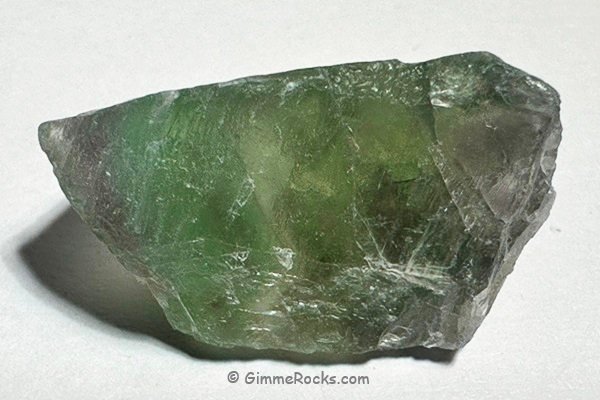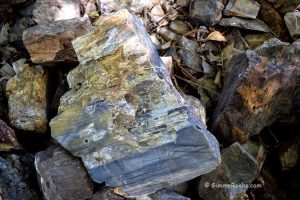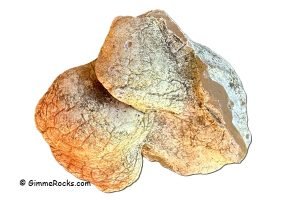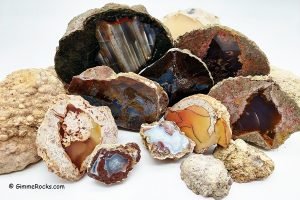Fluorite crystals are among the most visually captivating minerals, known for their beautifully formed structures and various colors. While purple is the most common hue, fluorite also appears in shades of green, yellow, blue, and even multicolored patterns, resulting from impurities and defects in its crystal structure. These beautiful crystals are highly collectible because they come in every color and feature stunning optical effects such as fluorescence and thermoluminescence.
Fluorite is found in many different environments. In Illinois, it forms within limestone in veins at low temperatures. In other places, it occurs at higher temperatures around hot springs and in metal-rich hydrothermal veins with lead, silver, and tungsten ores.
When collecting fluorite, it's essential to identify locations and research local rockhounding regulations. If accessing private lands, permission should be obtained from the land owner.

Tips for Fluorite Collecting
Fluorite is commonly found alongside minerals like quartz and barite and often occurs in granitic pegmatites or limestone deposits.
Chisels, hammers, and protective gear like safety glasses are essential tools for safe and effective collection. Fluorite is distinguished by its vibrant colors, distinct crystal shapes, and ability to fluoresce under UV light, making a UV lamp a valuable tool for identification.
The mineral often forms in delicate cubic or octahedral crystals, so care is needed to preserve their natural shapes. When extracting, use gentle tools and avoid applying excessive pressure. Crystals are soft and can easily chip and break.

Fluorite Localities - Where to Find Fluorite Crystals?
Fluorite can be found in many notable localities worldwide. Certain states in the United States offer public access to fluorite deposits, which federal agencies manage.
Disclaimer
The Gimme Rocks website ("We") provides information on various rock and mineral collection sites. Please note that the information may change at any time, and we cannot guarantee its accuracy or currency. Some collecting areas are located near mine claims or private lands, and it is your responsibility to determine the land status and applicable collection rules.
Be aware that GPS truck navigators and app-based driving directions may not always be accurate. Additionally, cell service may be unavailable in certain remote areas.






